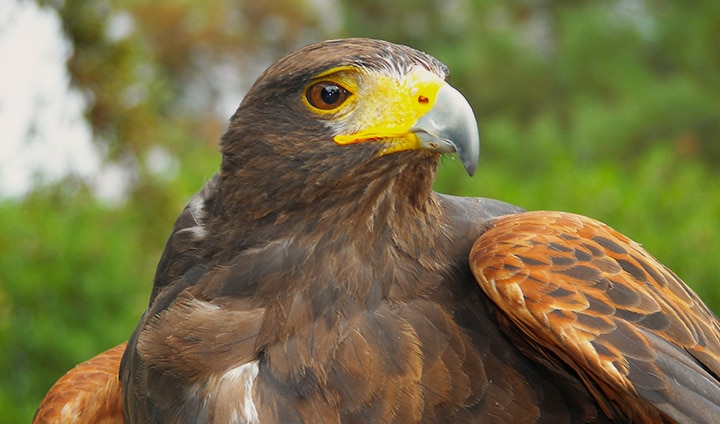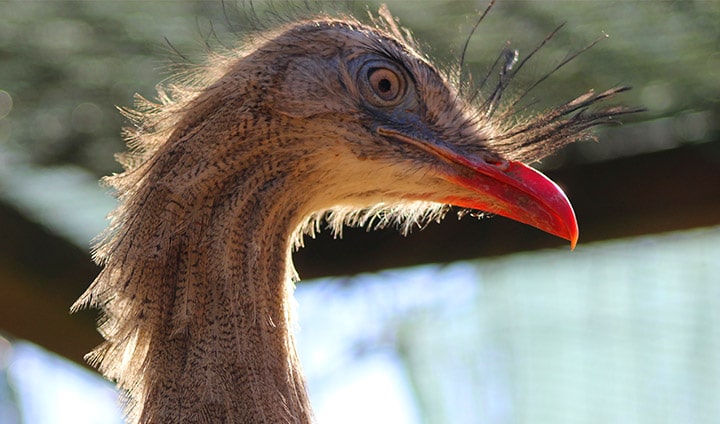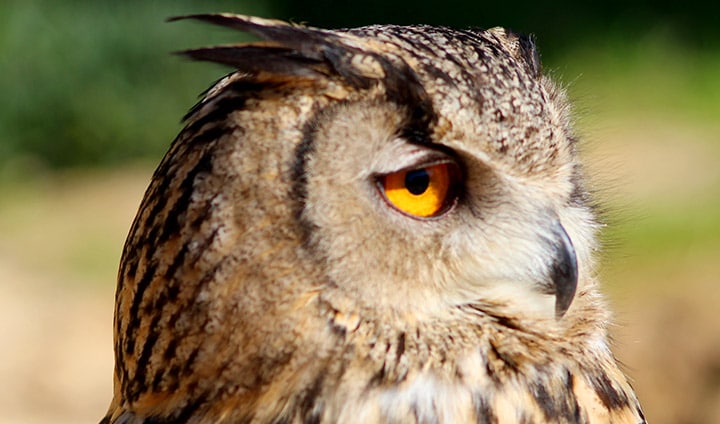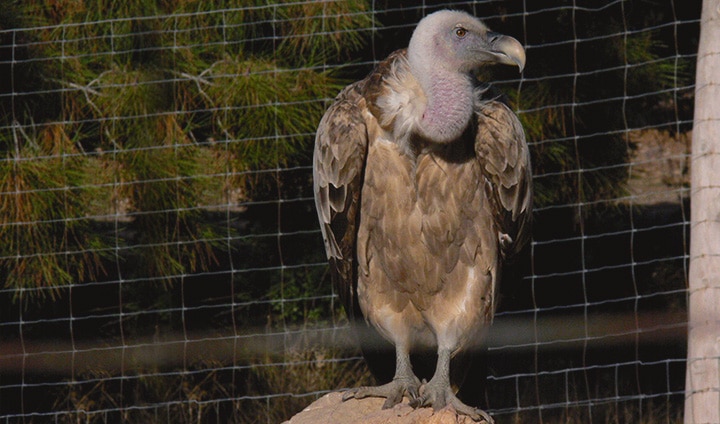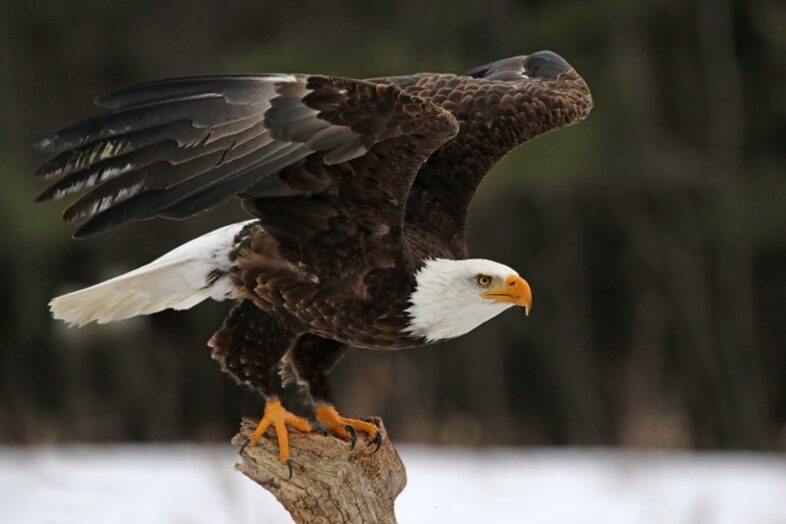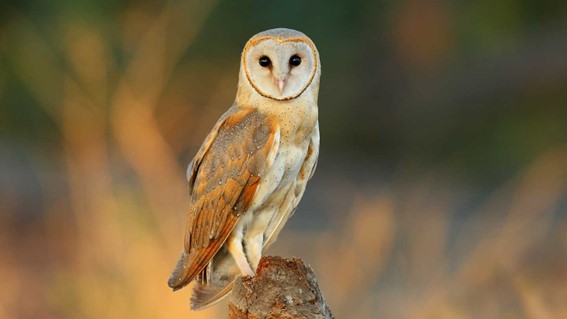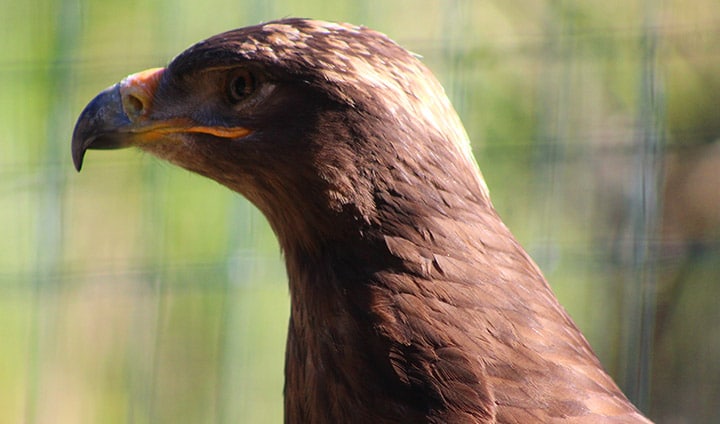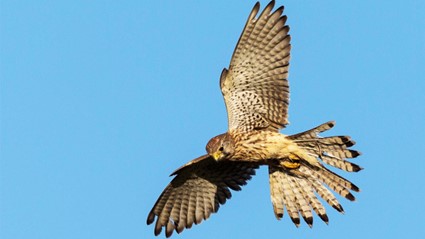Habitat and Geographical Distribution: Low and flat lands, mangroves, pastures, cultivated fields, wooded and swampy areas. Found in south-west USA, north-western Mexico and Central and South America.
Diet: Prefer small vertebrates, but also eat large insects. Their diet varies depending on the type of prey more common in the region.
Reproduction: Build nests in treetops using branches and dry twigs. Lays 2-4 eggs whose incubation lasts 33-36 days. The young leave the nest within about 40 days, but remain near the nest for 3-4 months.
Behaviour: Form complex social groups, usually consisting of three individuals (two males and one female) but groups of four or five individuals are also common. Hunt in flocks of up to 6 individuals, which is unusual in birds of prey and that allows them to catch larger prey, like rabbits.
Interesting facts: They are important predators in ecosystems as they control many populations of small mammals. In addition, they benefit farmers whose crops are targeted by rodents.
Conservation status: Least Concern (LC), CITES Annex II
Threats: Habitat destruction, death by shooting and electrocution, disturbance and destruction of nests.
Class: Aves
Order Accipitriformes
Family: Accipitridae
Height: 46-76 cm
Wingspan: 1.00-1.20 m
Weight: 725 g (males) and 834-1047 g (females).
Average Lifespan: 11 years
Maximum lifespan in the wild: 15 years
Maximum lifespan in captivity: 25 years



